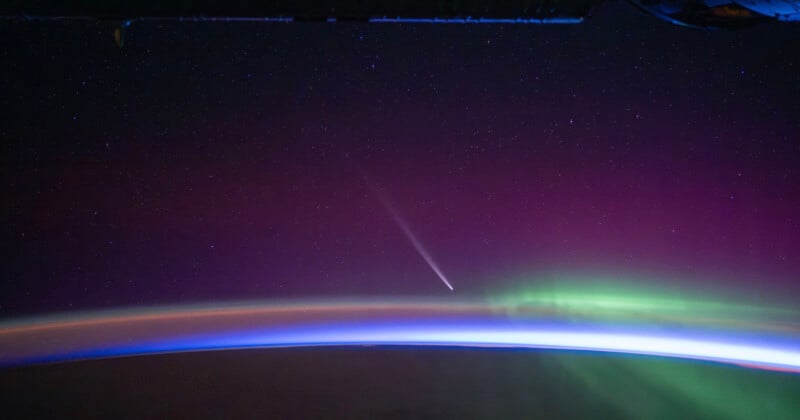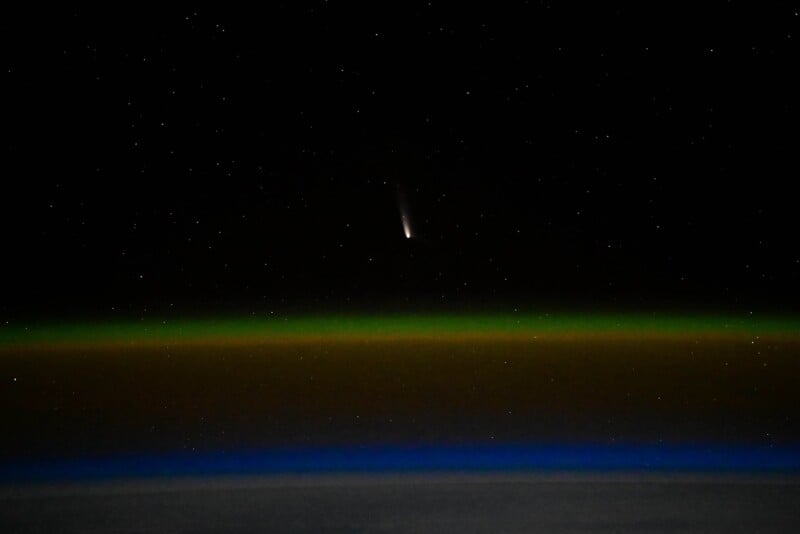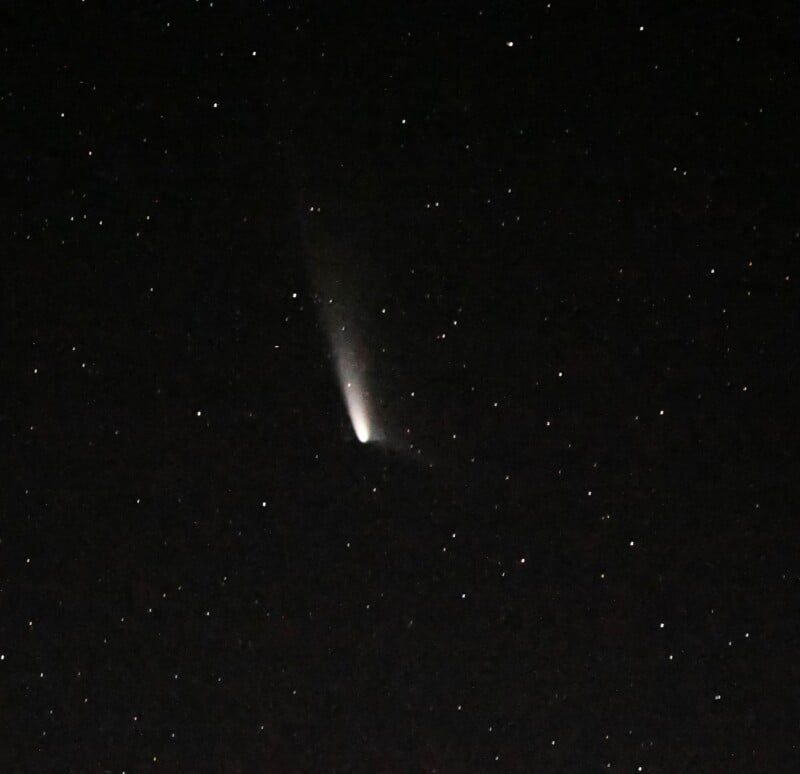
Two astronauts onboard the International Space Station (ISS) have been documenting Comet C/2023 A3 (Tsuchinshan-ATLAS) as it sails toward the Sun.
Matthew Dominick and Don Pettit, astronauts well-known for their photography skills, have been following Comet A3 and capturing it on camera which isn’t easy because the comet wasn’t yet visible to the human eye so the pair used math and their orbital geometry to figure out where to point their cameras.
Comet rises above the horizon just before orbital sunrise amongst aurora and swirling satellites.
Timelapse composed from 1/4s, 50mm, f1.2, ISP 6400 images played at 30fps. pic.twitter.com/mdb8KpzlAo
— Matthew Dominick (@dominickmatthew) September 29, 2024
“It is totally awesome to see a comet from orbit,” Pettit writes. “The perspective of rising through the atmosphere on edge is truly unique from our vantage point. The comet tail is still too dim to see with your eyes, but it is heading towards the sun and growing brighter every day.”


Dominick says that an amateur astronomer told them the comet would be roughly 20 degrees ahead of the Sun from the ISS’s perspective.
“We needed photos to be taken when we were on the dark side of the Earth because the comet is still very dim,” Dominick explains. “We have software on the ISS that tells us when orbital sunrise will occur. So we did a simple estimate to figure out when and where to point the cameras.
“This told us we should expect the comet to rise out of the horizon five minutes prior to orbital sunrise. With the naked eye, the comet is still just a dot and pretty much indiscernible from stars. So about seven minutes prior to sunrise we started scanning the horizon back and forth with a 200mm lens looking through the viewfinder for the comet. You can imagine how we felt when it appeared. Math works!”
So far Comet Tsuchinshan-ATLAS looks like a fuzzy star to the naked eye looking out the cupola windows. But with a 200mm, f2 lens at 1/8s exposure you can really start to see it. This comet is going to make for some really cool images as it gets closer to the sun. For now a… pic.twitter.com/JstaSLJ4Ui
— Matthew Dominick (@dominickmatthew) September 19, 2024
Comet A3 is now brighter in the sky and was visible to those in the Northern Hemisphere this morning. It is currently moving toward the Sun and will disappear before reappearing again on October 12 when it will makes its closest pass to Earth — about 44 million miles (71 million kilometers).
